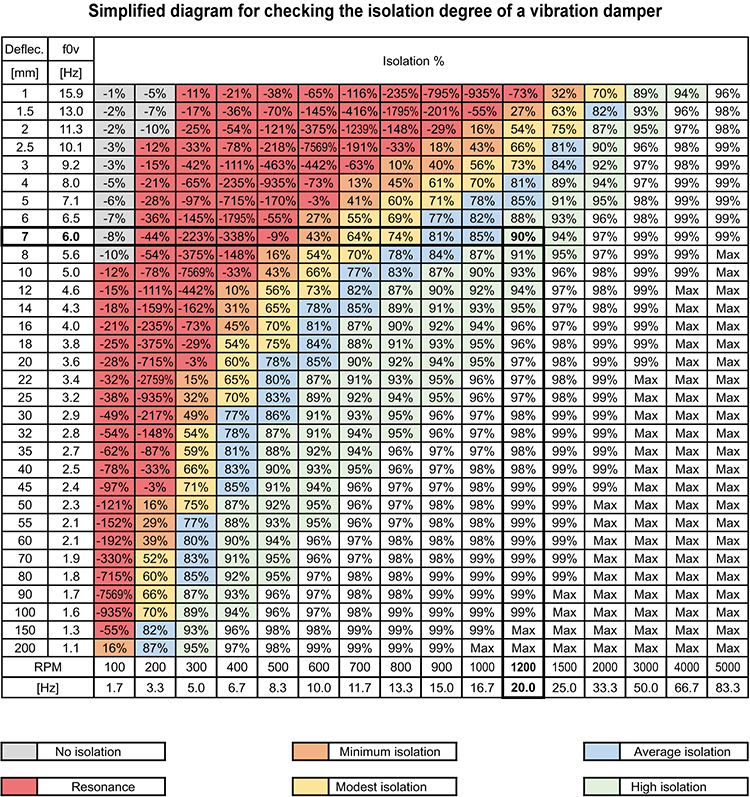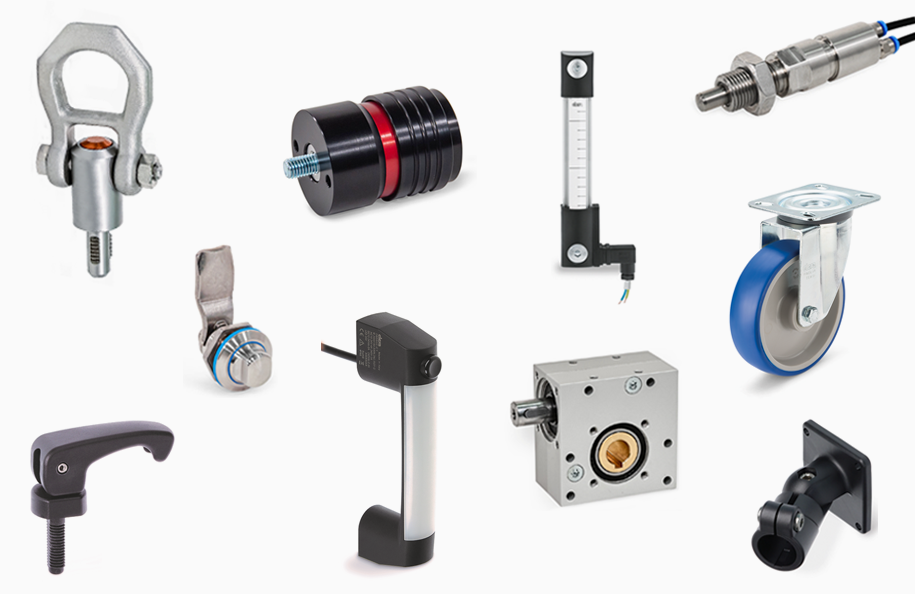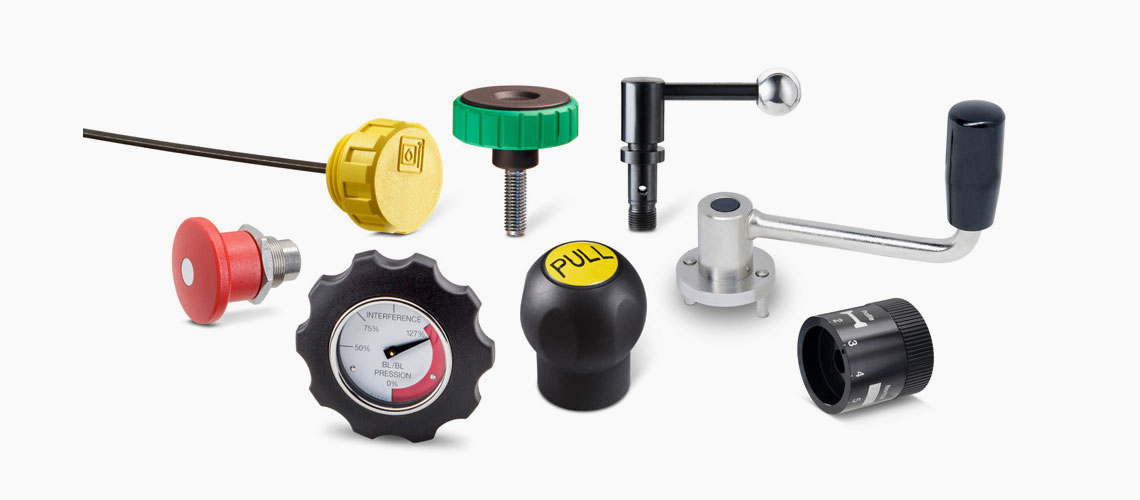Guidelines for the choice
Analysis of the static tests to select the appropriate vibration damper.
Basic data required:
- The static load applied to each vibration damping element (acting on each support point).
- Disturbing frequency to be reduced and the desired isolation percentage.
How to choose the vibration-damping element:
- With reference to the diagram for the check of the isolation degree, locate the corresponding static deflection required to obtain the desired isolation.
- Select the product with the required static deflection depending on acting load.
Example:
Consider an application with the following features:
- Static load on each support: 1400 N
- Frequency to be isolated: 1.200 rpm = 20 Hz
- Required isolation: 90% at 20 Hz
For vibration dampers without damping e.g. AVM, the following diagram for checking the isolation degree shows that a static deflection of at least 7 mm is required to obtain 90% isolation of the 20 Hz frequency, In case of damping, the isolation percentage may vary, it is advisable to contact the Elesa+Ganter Technical Department.

With reference to the graph below the products that intersect the 1400 N line are: AVF, AVG, AVM.
For the 1400 N load, the expected static deflections are:
- AVF: approximately 4 mm (< 7 mm) = approximately 80% isolation at 20 Hz
- AVG: 6.5 mm (<7 mm) = approximately 88% isolation at 20 Hz
- AVM: 13 mm (< 7 mm) = approximately 95% isolation at 20 Hz
Consequently, the most suitable product with the best isolation degree is AVM.


-
Generals
-
1. Plastic materials
- 1.1 Mechanical strength
- 1.2 Thermal resistance
- 1.3 Strength and surface hardness
- 1.4 Resistance to chemical agents
- 1.5 Resistance to atmospheric agents and uv rays
- 1.6 Flame resistance
- 1.7 Electrical properties
- 1.8 Surface finish and cleanability
- 1.9 Compliance with international standards
- 1.10 Competence of Elesa+Ganter technical department
- 2. Metal materials
- 3. Other materials
- 4. Machining tolerances
- 5. Fixed handles
- 6. Assembly measures
- 7. Special executions
- 8. Colours
- 9. Test values
-
10. Technical tables
- 10.1 Conversion tables
- 10.2 DIN 79 Square holes and shafts
- 10.3 DIN 6885 Keyways
- 10.4 GN 110 and GN 110.1 Transversal holes
- 10.5 DIN 13 ISO Metric threads
- 10.6 DIN 228 Cylindrical GAS-BSP threads
- 10.7 DIN EN ISO 898-1 | DIN EN 20898-2 Strenght values
- 10.8 DIN ISO 286 ISO-Fundamental tolerances
- 10.9 IP Protection Classification
- 10.10.1 PFB | PRB Thread locking with jamming action Polyamide patch coating/ Polyamide complete coating
- 10.10.2 MVK Thread locking gluing Micro encapsulation precote 80 (red)
- 10.11 Stainless Steel characteristics
- 10.12 Surface treatments
- 10.13 Carbon steel, zinc alloys, aluminium, brass characteristics
- 10.14.1 Duroplast, elastomer, technopolymer and rubber characteristics
- 10.14.2 Duroplast, elastomer, technopolymer and rubber characteristics
- 10.14.3 Duroplast, elastomer, technopolymer and rubber characteristics
- 10.15 Load ratings U-Handles
- 10.16 Load ratings metal hinges
- 10.17 Strength of indexing plungers
- 10.18 Assembly sets GN 965 and GN 968
- 11. Vibration-damping elements
-
1. Plastic materials
- Hygienic design
- Operating Elements
- Clamping knobs
- Control elements
- Rotary controls
- Indexing elements
- Joints
- Transmission elements
- Levelling elements
- Hinges
- Latches
- Toggle, power and hook clamps
- Accessories for hydraulic systems
- Tube clamp connectors
- Castors and wheels
- Magnets
- Conveyor components
- Linear slides
- Vibration mounts
- Vacuum components
- Elastomer springs



